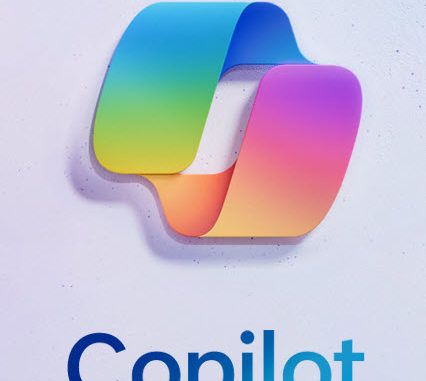
by Larry Magid
This post first appeared in the Mercury News
Sunday’s Super Bowl will have many exciting moments, but sorry sports betters, I am not able to predict what will happen on the field. But one prediction I can make is that we’ll see at least a few commercials about generative AI and plenty of commercials that were created, in part, using AI tools.
Some of these ads are already available to watch online, including the ad for Microsoft Copilot (“everyday personal AI companion”) and Google’s Pixel 8 commercial that shows how their new phone uses AI to make it easier for people with blindness or low vision to capture photos. Coca-Cola even makes fun of AI in its Field of Fake BodyArmor Sports Drink commercial that shows fake football videos followed by “nothing in sports should be artificial,” along with a pitch for its drink with “real” ingredients.
The use of generative AI by professional ad creators, and the Microsoft commercial promoting a generative AI tool for the rest of us, is likely to have an impact on at least some of the estimated 200 million people predicted to watch Sunday’s game.
Brief history of generative AI
The term “artificial intelligence” and even some early musings about generative AI have been around since the 1950s, but GAI didn’t make it into most people’s vocabulary until about a year ago after the release of OpenAI’s ChatGPT. Microsoft is a major investor in OpenAI. Microsoft’s Copilot AI, formerly known as Bing Chat, shares technology with ChatGPT, including the use of OpenAI’s Large Language Model, which is the underlying technology that understands and generates natural language.
Shortly after OpenAI and Microsoft showed the promise of generative AI, Google forcefully put its hat into the GAI ring with the release of Bard, a chatbot that shares characteristics of ChatGPT and Copilot.
Copilot integrated into Microsoft products
One differentiator for Copilot is its integration into Microsoft 365 (also known as Microsoft Office) products including Word, Excel, PowerPoint and Outlook. Microsoft Word, for example, can now help users come up with wording or phrases to improve their documents. PowerPoint users can use Copilot to help create slides. Outlook can now help suggest wording for emails.
Copilot is also integrated into Windows 11. Look for a Copilot icon in the lower left of your taskbar. If you don’t see it, search for “how to install copilot in Windows” for instructions.
You can also use Copilot on the web at copilot.microsoft.com.
Drawings
One of the most compelling and fun aspects of generative AI is the ability to create images. I have zero artistic talent, but I do know how to enter prompts into GAI products, which has empowered me to create all sorts of images, including my introduction to generative AI slide show that you can view at connectsafely.org/genaislides.
Microsoft Copilot, Google Bard and the paid version of ChatGPT 4 all enable you to create illustrations simply by describing what you want. I asked Copilot to “draw a dog riding a pink and blue bicycle” and got four initial drawings. The same prompt on ChatGPT 4 generated its own version of that bike-riding dog. When I used ChatGPT to create illustrations for my presentation, I was sometimes unhappy with the first result, but typing “try again” would give me another iteration, so eventually, it gave me something I could use.

Other Uses
One of my favorite uses of GAI is recipe planning. You could, for example, ask any of these services to plan five meals a week that take under 30 minutes to prepare and then ask follow up questions like “make at least one of them vegetarian.” You can also give it a list of ingredients that you have at home, and more likely than not, wind up with a recipe for a pretty decent meal.
I have also used GAI to get product recommendations, to learn how to use a software program or a device or household tasks such as “how do you unclog a kitchen sink.”
I’m extremely cautious when asking GAI services for medical advice and would never take medication or submit to a procedure without getting advice from a competent medical professional. I’m even nervous about asking it about symptoms or medical test results for fear that I’ll get information that might scare me or cause me not to take something seriously enough. For those types of issues, I’m much more likely to message or call a doctor. However, it can be a useful way to get more information about conditions or procedures such as “how much radiation do you get from a chest X-ray, but even then, I would verify that information from a known and reputable medical source.
All of the popular GAI services will tell you who is playing in the Super Bowl, where and what time to watch it on TV and online and suggest what snacks to serve, but sadly, none of them will predict who will Super Bowl LVIII or how many times the camera will focus on Taylor Swift. For that, you’ll have to wait till Sunday night.
Larry Magid is a tech journalist and internet safety activist. Contact him at larry@larrymagid.com.